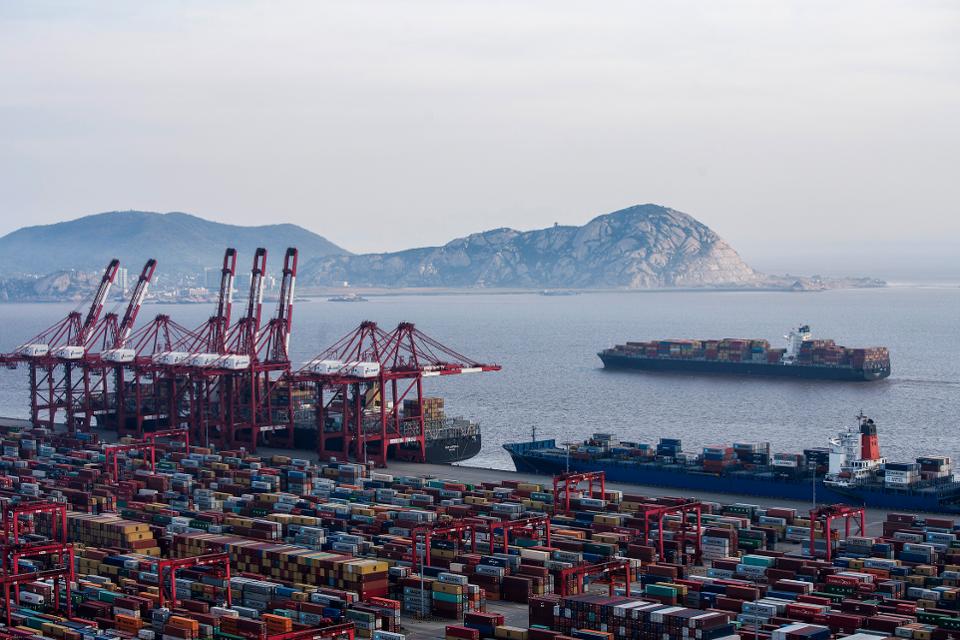Trump's Tariffs, Supply Chains And Other Risks

The tariff war begun by President Trump has caused many executives to think about their supply chains. That’s a good start, but selecting suppliers is more than working through tariffs. Other political disruptions, natural disasters and transportation challenges also come into play. These risks must be integrated into overall corporate strategy.
Some tariffs affect a given product wherever it is sourced, while others target certain countries. And although tariffs are taxes on imports, they cause price increases on domestically-produced products. So those steel tariffs are pushing up the price of steel made in America.
Using U.S. suppliers doesn’t protect against price increases, nor even global supply disruptions, as your supplier may use imported components.
Before discussing supply chain strategy for uncertain times, let’s note the challenges beyond tariffs. Other political changes can disrupt supply chains. Wars and revolutions come to mind, along with changes in regulatory policies, immigration policies, environmental and labor regulations. The list goes on and on.
Natural disasters bear consideration. The earthquake and tsunami in Japan in 2011 stopped production of multitudes of products, including 22 percent of the world’s 300 mm silicon wafer supply and 60 percent of certain auto parts.
Transportation disruptions can also play havoc with deliveries. The 2010 Eyjafjallajökull volcano eruption in Iceland triggered air transit shutdowns across Europe. In 2017 a landslide in Germany stopped all traffic on the north-south rail line along the Rhine, which normally runs 200 trains a day. Thousands of containers that landed in Rotterdam, Hamburg and Antwerp bound for Italy were delayed, and summer construction on other rail lines limited re-routing options.
Other routine misfortunes can prevent on-time deliveries, including factory mishaps, strikes, riots, theft, containers falling off ships, and so forth.
For a strategic response, consider a Harvard Business School professor, Willy Shih, who commented on the Japanese earthquake and tsunami:
"In the race to provide better quality at lower prices, manufacturers picked very narrow, optimized supply chains. They put all of their eggs with one supplier that had the best product at the lowest price."
This strategy makes sense in stable times. It would also be appropriate for a company entering a market with a lower-cost product. However, it’s a risky strategy. The alternative approach—multiple suppliers in different locations, with different delivery routes, will raise costs in normal times but look very sweet during disruptions.
Before choosing a strategy, lay out your current choices and your options. What products and services do you buy? For each, from where are you currently procuring and what are your options? How critical are transportation methods?
A hard-and-fast rule to have multiple suppliers in multiple locations, using multiple transportation channels, is the safest practice, and usually the most expensive. An intermediate strategy looks for cheap ways to reduce risks, but shuns the most expensive alternatives. For example, the 2011 floods in Thailand highlighted the extremely large share of the world’s hard drive production made in that country. A company buying many drives from a Thai factory might look for competitive suppliers located elsewhere, for a portion of its purchases. It probably won’t cost too much more to have an alternative supplier.
Strategy selection would consider likely costs and benefits, of course. A business with financial reserves might accept the risk of an occasional disruption to its sales. An additional consideration, though, is how a disruption would impact customers. The business selling a global commodity, such as crude oil or iron ore, knows that its customers can find alternative suppliers. However, the company selling a specialized, customized product not readily available from others needs to protect its long-term relationship with customers. Minimizing supply disruption risk is a worthwhile investment. At a minimum, company leaders should have a frank conversation with clients about costs and disruptions, getting input about the importance of price compared to reliability.
If President Trump continues the trade war, supply chains will be highly stressed. But even if the war cools off, other risks abound.
Cost is always important, but it’s not always THE most important part of strategy.
Disclosure: Learn about my economics and business consulting. To get my free monthly newsletter, more



